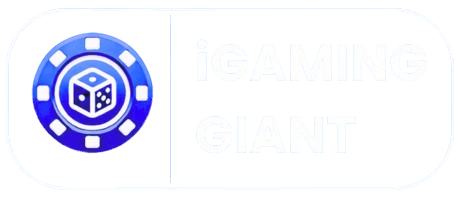Interdisciplinary program blends mathematics and neuroscience to tackle gambling awareness
A Timely Educational Response to the Sports Betting Boom
Carnegie Mellon University (CMU) is set to launch a groundbreaking undergraduate course that delves into the mechanics and risks of sports betting. Scheduled for spring 2026, the class has already reached full capacity with a waitlist, reflecting high student interest in a topic that blends academic rigor with real-world relevance.
Developed by statistics professor Ron Yurko and neuroscience professor Linda Moya, the course aims to provide students with a deeper understanding of how betting markets work while raising awareness of gambling’s psychological impact. The curriculum is uniquely structured to address both the mathematical foundations of betting and the neurological factors that drive risky gambling behaviors.
Addressing a Growing Trend Among Students
The surge in sports betting across the United States since the 2018 repeal of PASPA has created a cultural shift, especially on college campuses. States like New Jersey, Pennsylvania, and Illinois have seen billions in gaming revenue, yet the prevalence of gambling among young adults has also raised concerns.
A 2023 NCAA survey revealed that nearly two-thirds of college students living on campus have engaged in sports betting. Yurko noted that this trend became evident during his teaching, prompting the need for an academic framework to address gambling literacy.
“If I could just make them a little bit smarter about what they’re doing and prevent them from losing as much money, I view that as a win,” said Yurko.
Course Structure: Mathematics Meets Neuroscience
The course is designed to offer dual perspectives:
Yurko’s sessions will focus on the statistical principles underlying betting odds, probabilities, and expected outcomes, equipping students with tools to critically evaluate betting markets.
Moya’s lectures will explore how the brain makes decisions, highlighting the differences between healthy cognitive processes and those impaired by addictive tendencies.
By combining these disciplines, the program not only informs students about the financial mechanics of gambling but also the biological mechanisms that can lead to problem betting.
Promoting Awareness Through Education
This initiative aligns with a broader push to combat gambling-related harm through education. Similar to France’s ANJ campaign during Roland Garros, CMU’s approach leverages academic insight to encourage responsible behavior. Moya emphasized:
“By the end of the course, students will understand how a healthy brain makes decisions and how an addicted brain can lead to poor choices.”
Conclusion: A Model for Responsible Gambling Education
The CMU course marks a proactive step in addressing gambling risks in an era where sports betting is more accessible than ever. By integrating statistics with behavioral science, the program equips students with knowledge to make informed decisions and resist the pitfalls of addictive gambling.
With its innovative structure and growing interest, the course could serve as a model for other universities seeking to educate students on the complex interplay between data, decision-making, and gambling behavior.























